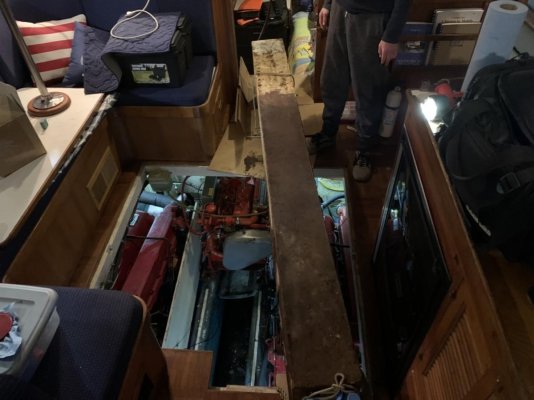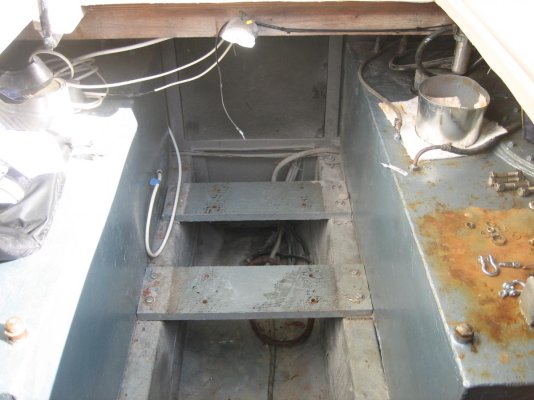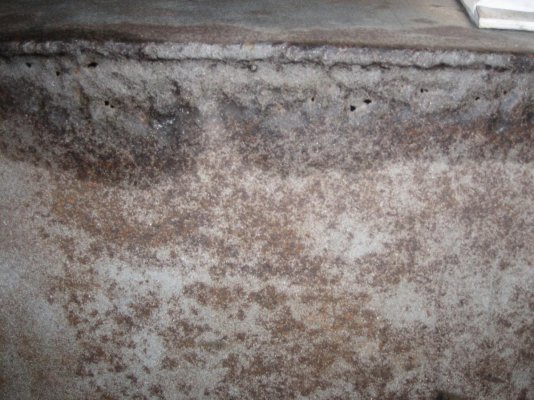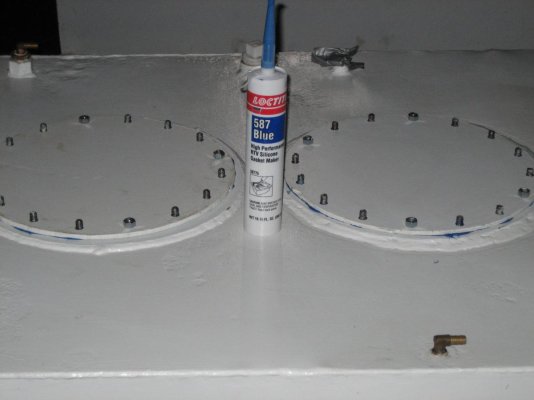I dug this 47-gallon steel tank out of the bilge because it was weeping fuel. My initial plan was just to replace it, but now I’m wondering if repairing it is viable or a fool’s errand, particularly since it is forty years old and has spent its life in the bilge.
At this point, I plan to clean it up, inspect, and pressure test it to find the leak. If the leak appears repairable, I was thinking about going that route. What’s the wisdom from those of you who’ve dealt with this issue before?
Thank you!


At this point, I plan to clean it up, inspect, and pressure test it to find the leak. If the leak appears repairable, I was thinking about going that route. What’s the wisdom from those of you who’ve dealt with this issue before?
Thank you!






